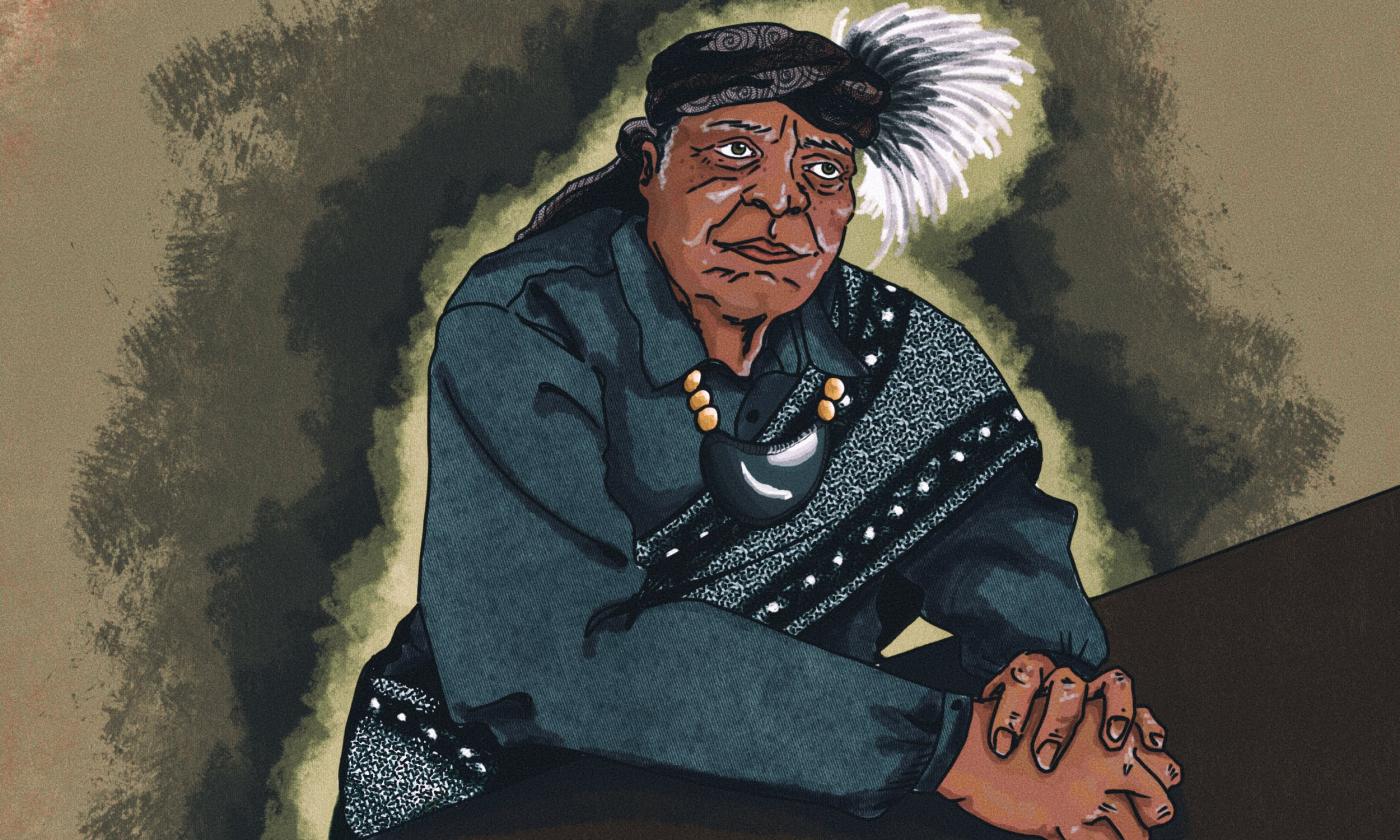
John Caesar
Leader during the Second Seminole War.
John Caesar
Who was John Caesar?
The majority of John Caesar’s life is quite obscure. In fact, the known information about John Caesar covers a period of just over a year (December 1835–January 1837).
This is primarily due to the limited contact between John Caesar and Whites (whether they be military or otherwise) in the territory. John Caesar was physically described as short and stocky with a broad face.
He was generally believed to have been an elderly man at the advent of the war, probably in his late fifties or sixties.
Caesar was regarded by Whites as “very intelligent,” “ an active smart Negro,” and “next to the negro Abraham in influence & importance among the Indian negroes and Indians.”
The Second Seminole War
While Abraham is noted as the Black Seminole primarily responsible for the development of the secret network between plantation slaves and Black Seminoles, Caesar was the individual most responsible for establishing the ties between the two.
This most likely is due to the fact that Caesar’s wife was indeed a plantation slave. Not only was he known to frequently visit her plantation, but several plantations in the area.
During the Second Seminole War, John Caesar was a primary instigator of plantation slaves, a principal leader of plantation raids, interpreter, negotiator, diplomat, and overall Black Seminole leader.
His position within both communities, Seminole and Black Seminole, is magnified when compared to the actual amount of time in which he participated in the war.
John Caesar’s plantation raids and relationship with the enslaved in Florida proved to be an important factor in the Second Seminole War for Black Seminoles. Unfortunately, he was killed during a plantation raid.
Resources
Online Resources
Article about the African Fort at Prospect Bluff, from the Zinn Education Project.
Virtual Exhibit about Maroon Communities of Florida's Gulf Coast, from the New College of Florida.
2002 Fort Gadsden Historic Site Brochure, from the United States Forest Service.
Scholarship for Approaching the Interpretation of Early 19th Century Maroon Gulf Coast Florida, from Tragedy and Survival: Bicentennial of the Southward Movement of Black Seminoles on Florida’s Gulf Coast.
Further Reading
Florida's Negro War: Black Seminoles and the Second Seminole War 1835-1842, by Anthony Dixon, 2014.
The Black Seminoles: History of a Freedom-Seeking People, by Kenneth W. Porter, 1996.
Black Society in Spanish Florida, by Jane Landers, 1999.
The Maroons of Prospect Bluff and Their Quest for Freedom in the Atlantic World, by Nathaniel Millett, 2013.

